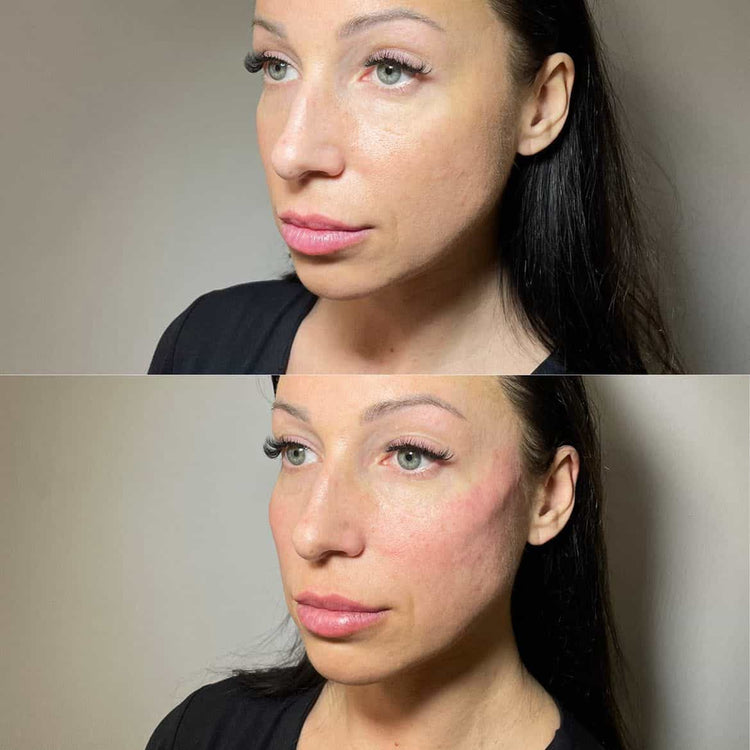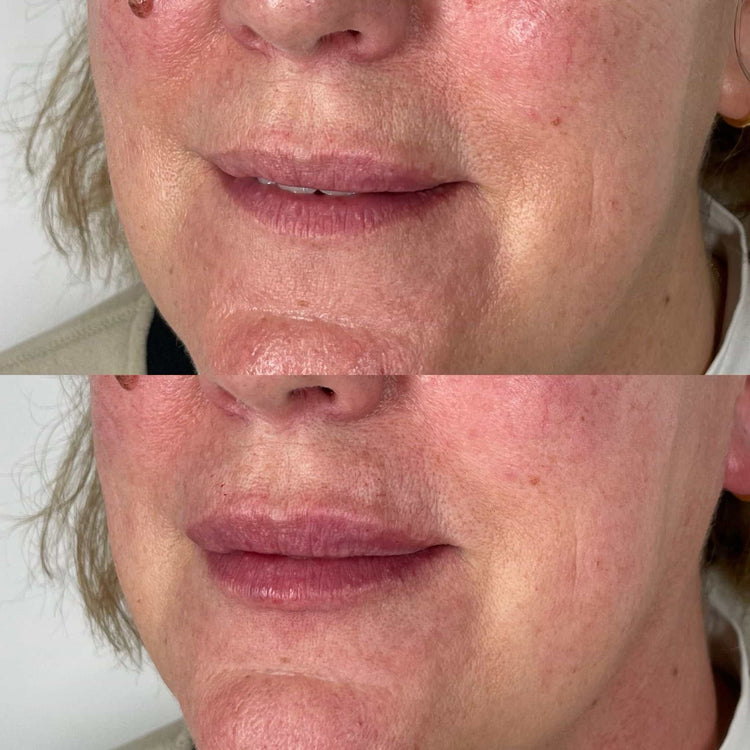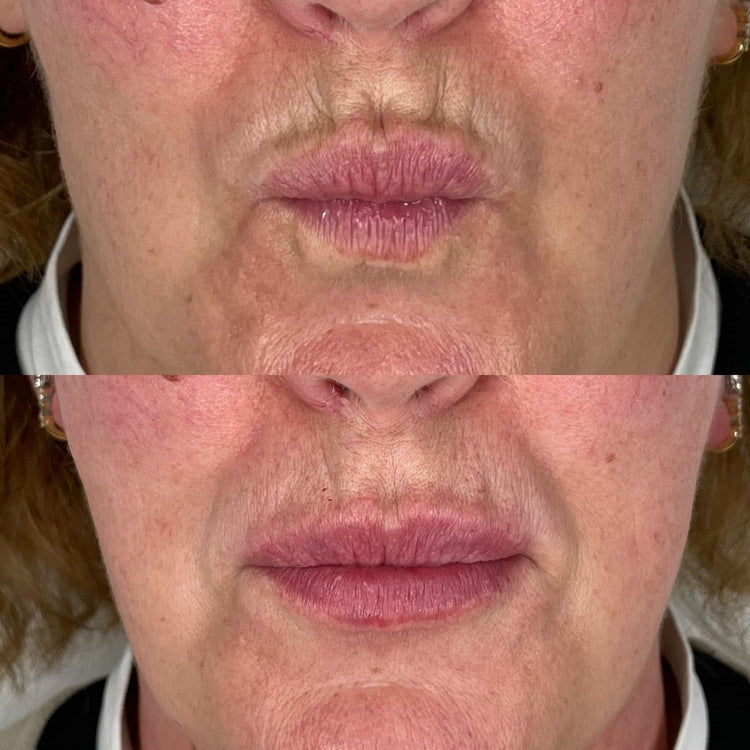Common Injection Site Errors
Dermal fillers have become increasingly popular for enhancing facial features and combating signs of aging. While these procedures can deliver impressive results, it’s crucial to be aware of common injection site errors that can lead to undesirable outcomes. Understanding these mistakes is essential for both patients seeking filler treatments and practitioners administering them.
Incorrect placement
One of the most frequent errors in dermal filler injections is incorrect placement. This can manifest in various ways, such as injecting too superficially, leading to a visible bump or an uneven appearance. Conversely, placing the filler too deeply can result in vascular occlusion, compromising blood flow and potentially causing tissue damage.
Overcorrection
Overcorrection is another common error that can occur during dermal filler procedures. This involves injecting excessive amounts of filler, which can lead to a unnatural or “overfilled” appearance. The face may appear distorted or overly plump, especially in areas like the cheeks, lips, or chin.
Inadequate product distribution
Inadequate product distribution is another prevalent issue that can arise during dermal filler procedures. If the filler is not evenly dispersed within the target area, it can result in lumps or nodules, creating an uneven and aesthetically unpleasing appearance. Proper injection technique and careful manipulation of the filler are crucial to ensure a smooth and natural-looking outcome.
Furthermore, incomplete product delivery can occur when the syringe is not sufficiently emptied or the needle is withdrawn too quickly. This can leave areas of the treated area untreated, resulting in an inconsistent look and potentially compromising the desired aesthetic effect.
Lack of Proper Assessment and Patient Selection
A fundamental error often seen in dermal filler procedures stems from a lack of proper patient assessment and selection. Practitioners must carefully evaluate a patient’s individual anatomy, medical history, and expectations to ensure that they are a suitable candidate for treatment. Failure to do so can lead to complications, unsatisfactory results, or even harm.
Ignoring underlying medical conditions
Ignoring underlying medical conditions is another crucial mistake that can occur during dermal filler procedures. Patients with certain medical conditions, such as bleeding disorders or autoimmune diseases, may be at increased risk of complications from fillers. Practitioners must thoroughly review a patient’s medical history and consult with other healthcare providers if necessary to ensure the safety of the procedure. Failure to do so can result in adverse reactions or unforeseen health issues.
Not addressing patient expectations realistically
A lack of proper assessment and patient selection can lead to numerous complications. Practitioners must thoroughly evaluate a patient’s facial anatomy, skin type, and medical history to determine if they are a suitable candidate for dermal fillers. Patients with certain medical conditions, such as bleeding disorders or autoimmune diseases, may not be able to safely receive filler injections. Ignoring these factors can result in unexpected adverse reactions, unsatisfactory results, or even permanent damage.
Furthermore, practitioners must take the time to understand a patient’s realistic expectations regarding the potential outcome of the procedure. Setting clear and attainable goals is crucial for ensuring both patient satisfaction and safe treatment. Overpromising unrealistic results can lead to disappointment and frustration, ultimately damaging the practitioner-patient relationship.
Insufficient consultation and informed consent

Insufficient consultation and informed consent are critical errors that can significantly compromise the success and safety of dermal filler procedures. Patients have the right to fully understand the risks and benefits associated with any medical treatment, including dermal fillers. Practitioners have a responsibility to provide comprehensive information about the procedure, potential side effects, realistic expectations, and alternative treatments.

Failing to adequately discuss these crucial aspects can result in patients making uninformed decisions, leading to dissatisfaction with the outcome or even experiencing complications due to unforeseen risks. It is essential that practitioners ensure patients comprehend all information related to the procedure and have ample opportunity to ask questions before providing consent.
Product Choice Issues
Dermal fillers have become a popular option for enhancing facial features, but understanding potential pitfalls is crucial for achieving satisfactory results. Mistakes in product choice, placement, and technique can lead to undesirable outcomes such as unevenness, lumps, vascular occlusion, and unnatural appearance.
Selecting inappropriate filler type for the desired result
One common mistake related to product choice is selecting an inappropriate filler type for the desired outcome. Different dermal fillers have varying properties based on their composition (e.g., hyaluronic acid, poly-L-lactic acid) and viscosity.
For instance, using a highly cohesive filler designed for lip augmentation in areas like the cheeks might lead to unnatural volume and stiffness. Conversely, a soft, spreadable filler intended for smoothing fine lines may not provide adequate support for volumizing deeper wrinkles.
Choosing the wrong filler type can result in an aesthetically displeasing outcome, requiring additional treatments or even correction procedures.
Using fillers beyond their labeled indications
Using fillers beyond their labeled indications is another frequent error. Dermal fillers are designed and approved by regulatory bodies for specific applications. Deviating from these guidelines can lead to unpredictable results and potential complications.
For example, using a filler primarily intended for facial volumization in areas like the hands or joints might not yield desired outcomes and could introduce unnecessary risks.
Mixing incompatible products
Mixing incompatible products is a significant error that can occur during dermal filler procedures. Different dermal fillers contain varying ingredients and have different properties, which may react unpredictably when combined.
For instance, mixing hyaluronic acid-based fillers with other types of fillers, such as poly-L-lactic acid or calcium hydroxylapatite, could lead to gel instability, uneven distribution, or the formation of lumps and nodules.

Adhering strictly to the manufacturer’s recommendations and avoiding any mixing of incompatible products is crucial for ensuring a safe and aesthetically pleasing outcome.
Procedural Mistakes
Dermal fillers have become increasingly popular for enhancing facial features and combating signs of aging. While these procedures can deliver impressive results, it’s crucial to be aware of common injection site errors that can lead to undesirable outcomes. Understanding these mistakes is essential for both patients seeking filler treatments and practitioners administering them.
Inadequate local anesthetic administration
Procedural mistakes can significantly impact the success and safety of dermal filler injections. One common error is inadequate local anesthetic administration, which can result in significant patient discomfort during the procedure and potential bruising or swelling afterward.
Failure to properly numb the injection site can lead to pain, making the experience unpleasant for the patient and potentially causing them to move involuntarily, affecting the precision of the injections.
Improper injection technique leading to bruising or swelling
Improper injection technique can also lead to bruising or swelling. Injecting filler too deeply or forcefully can damage blood vessels, leading to hematomas (bruises) or excessive edema (swelling).
Practitioners must use a gentle and controlled technique, injecting at a slow and steady pace to minimize trauma to the tissues.
Lack of post-treatment instructions and follow-up care
Procedural mistakes, lack of post-treatment instructions, and inadequate follow-up care can significantly impact the outcome of dermal filler procedures.
Failure to provide clear and comprehensive post-treatment instructions can lead to complications or unsatisfactory results. Patients need to be informed about proper skincare regimens, activity restrictions, potential side effects, and when to seek medical attention for any concerns.
Insufficient follow-up care is another crucial error that can compromise the success of dermal filler procedures. Regular checkups allow practitioners to monitor the treatment’s progress, address any issues promptly, and make necessary adjustments. Patients should have scheduled appointments to ensure optimal results and minimize the risk of complications.
Other Factors
Beyond injection technique, various other factors can influence the success and safety of dermal filler procedures.
Inexperience of the injector
Inexperience of the injector plays a significant role in determining the outcome of dermal filler procedures. Practitioners with limited experience may lack the necessary skills and knowledge to accurately assess patient needs, select appropriate fillers, and execute precise injections.
This can lead to placement errors, overcorrection, or inadequate product distribution, resulting in undesirable aesthetic outcomes or potential complications.
Extensive training, hands-on experience, and continuous professional development are essential for injectors to ensure safe and effective treatment.
Use of unsterile equipment
Beyond injection technique, various other factors can influence the success and safety of dermal filler procedures.
- Inexperience of the injector plays a significant role in determining the outcome of dermal filler procedures. Practitioners with limited experience may lack the necessary skills and knowledge to accurately assess patient needs, select appropriate fillers, and execute precise injections.
- This can lead to placement errors, overcorrection, or inadequate product distribution, resulting in undesirable aesthetic outcomes or potential complications. Extensive training, hands-on experience, and continuous professional development are essential for injectors to ensure safe and effective treatment.
- Use of unsterile equipment can introduce bacteria into the injection site, leading to infections such as cellulitis or abscesses.
- Strict adherence to sterile procedures, including using single-use needles and syringes, sterilizing instruments, and wearing gloves, is crucial for preventing infection.
Non-licensed practitioners performing injections
One significant concern is the practice of non-licensed practitioners performing injections. This poses a serious risk to patients as these individuals may lack the necessary training, knowledge, and qualifications to administer fillers safely and effectively.
Improper technique performed by unqualified individuals can result in a range of complications, including vascular occlusion, infections, uneven results, or permanent damage.
It is crucial for patients to seek out qualified and licensed professionals who have received proper training and certification in dermal filler injections.
Book your lip enhancement treatment with Dr. Laura Geige at It’s Me & You Clinic
- Why Does My Lip Filler Migrate - November 16, 2025
- What Is The Difference Between CBD Infused Gummies And CBD Capsules - November 14, 2025
- What Are The Best CBD Gummy Sweets For Focus And Clarity - November 12, 2025
